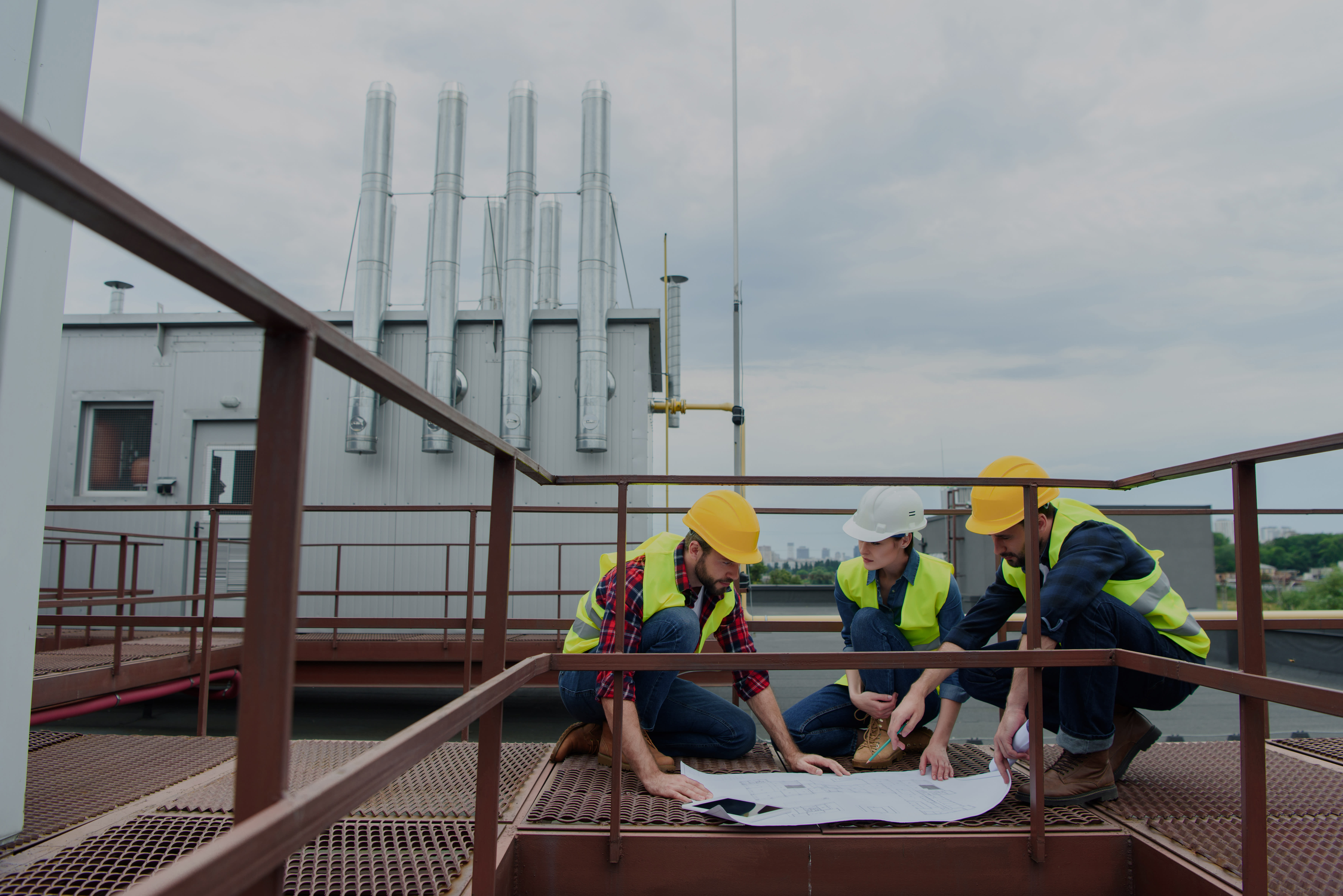
Planning your next construction project? Here's how to save time on site
- Read time: 4 minutes
- Date: 21 Apr 2017
At Fixfast, we believe that everyone should be doing all they can to address these issues. So, how can we help? We’ve outlined a few points below:
Wastage
Construction wastes 50% of resources, compared to an average of 15% of other industries.
This seems a huge amount, but consider how much product manufacturers can do to help:
Products that are damaged in transit to the site, or whilst on site – Improve the strength and quality of packaging, use the best delivery company.
Incorrect products ordered that are then discarded – Training for your sales and technical team to help the customer always select the correct product.
Labour time on site wasted whilst waiting for products to arrive, a previous trade to finish, or even just for a crane or item of machinery to become available – Offer timed or same-day deliveries, especially to sites that are difficult to access.
Wastage is not only expensive in terms of time and money but is also bad for the environment - not something we want when construction needs to improve its green credentials. The picture to the right is an all too common sight on construction sites - especially when it's wet.
Workforce size and demographics

The skilled workforce is aging, there is a low level of new entrants into the industry. There are some excellent initiatives already tackling this issue, such as Buildforce, which connects service leavers and veterans to construction careers.
However, it is clear that the industry must work more efficiently to be able to complete projects faster, and potentially with a smaller skilled workforce.
How can product manufacturers help?
Focus on research and development, to develop new products that will save contractors installation time. For example, the ‘Super Flat Washer’ for installing flat composite panels, which saved specialist coldstore contractor ISD Solutions three weeks off a nine week programme.
Increase the training for those who are entering the industry. Many entrants learn by working alongside current workers and ‘picking up’ the necessary skills, which may mean they are not effective for months. Whilst there is no substitute for experience, entrants can get a head start by taking advantage of training programmes such as the NFRC’s new training facility, or online learning such as the new CPD’s from the MCRMA.
Engage with digital. With the issue being forced by BIM, many construction companies are investing heavily into how digital can make construction more efficient, safer, and less labour intensive.
Low productivity
How can roofing and cladding contractors become more efficient?
Make use of timed deliveries. Some product manufacturers now offer free delivery for next day by noon or even same day deliveries. The cost of getting an earlier delivery is negligible compared to having skilled workers on site waiting for deliveries.
Plan deliveries earlier. The tendency in construction is to order products just before they are needed. Whilst most companies supplying products are set up to manage this, it can be difficult to meet one day lead times when the product has to be manufactured specifically to suit an individual project requirement. Another option some product manufacturers offer is to label individual boxes with useful information such as floor number, or roof reference, meaning that the correct goods are in the right place when the work starts.
Use the best products for the job. This includes simple things like: Self-drilling fasteners instead of self-tapping fasteners (saves having to predrill), outlets with integrated membranes (saves time assembling the clamping ring) and modular access ladders (No need for fabrication or for a crane to install).
Offsite Manufacturing
Off-site manufacturing is increasing massively in popularity. Organisations such as Building Offsite are promoting this method of construction on factors such as:
Health and safety: factory conditions are 80 percent safer than site conditions
Cost: site labour is approximately 2.2 times more expensive than factory based labour
Productivity: factory productivity reaches 80 percent compared with 40 percent for a typical site
Sustainability: waste is reduced to just two or three per cent in efficient factories and almost all can be recycled.
(Source: http://www.buildoffsite.com/themes/health-and-safety/)
Offsite manufacturing will mean many changes for construction – suddenly the actual time spent on site is massively reduced, and two or three site workers (plus a crane) can install complete buildings faster than 10 operatives could previously.
It is also being embraced and invested in by building envelope contractors and is seen by many as the future of construction and the answer to the majority of the issues highlighted by the Farmer Review.
Join the discussion
What do you think? How else could product manufacturers like Fixfast help to save contractors time, and increase the efficiency of construction?



